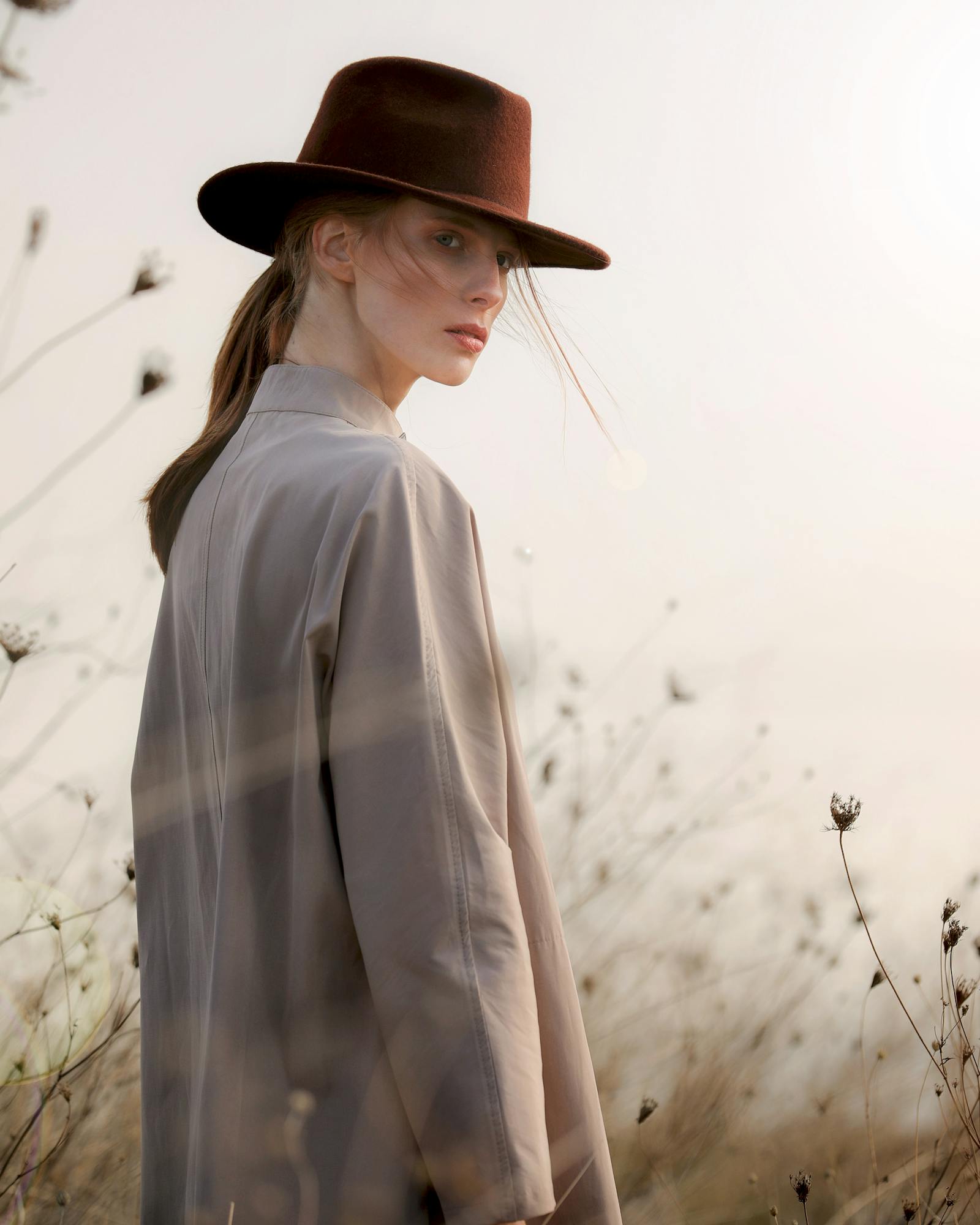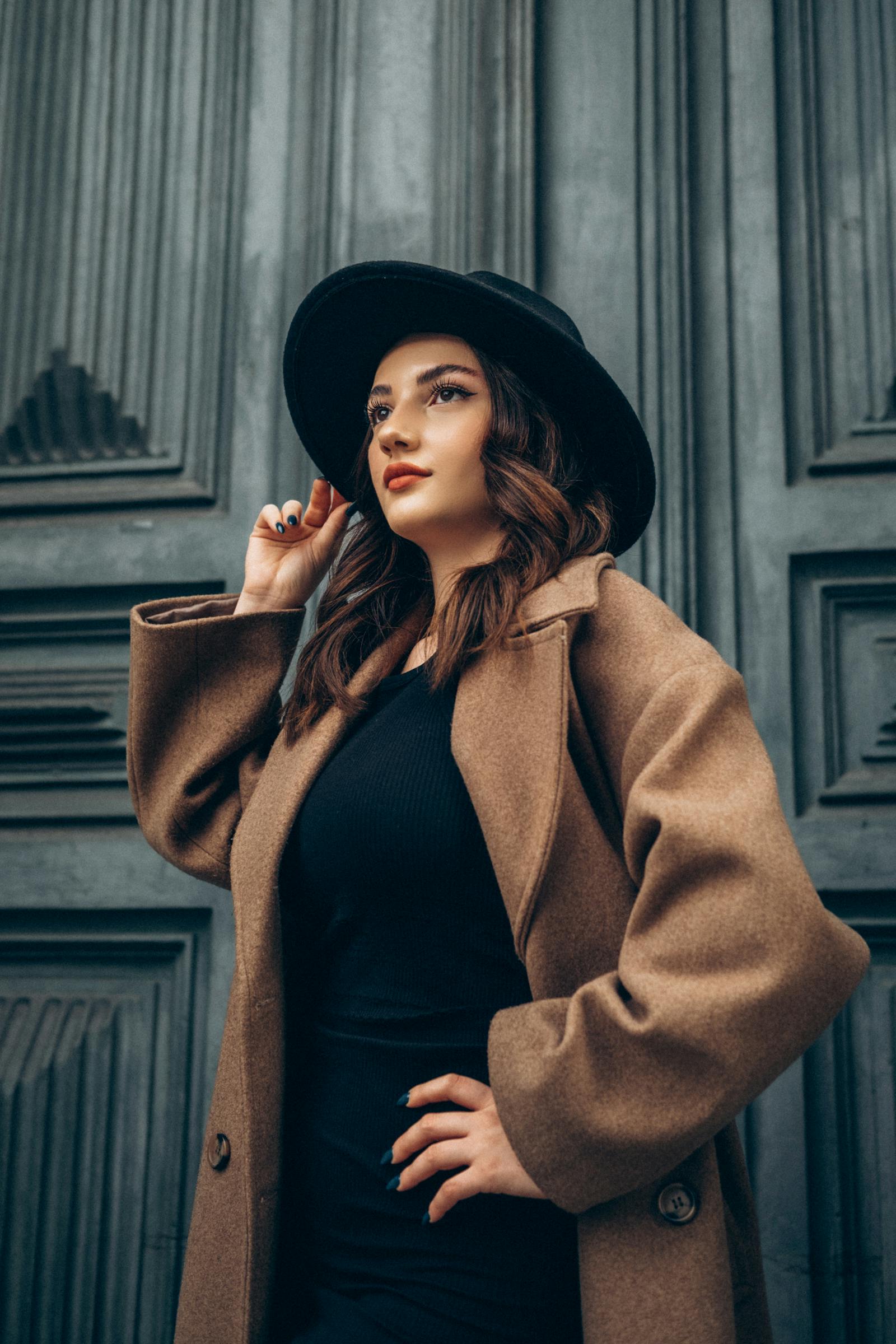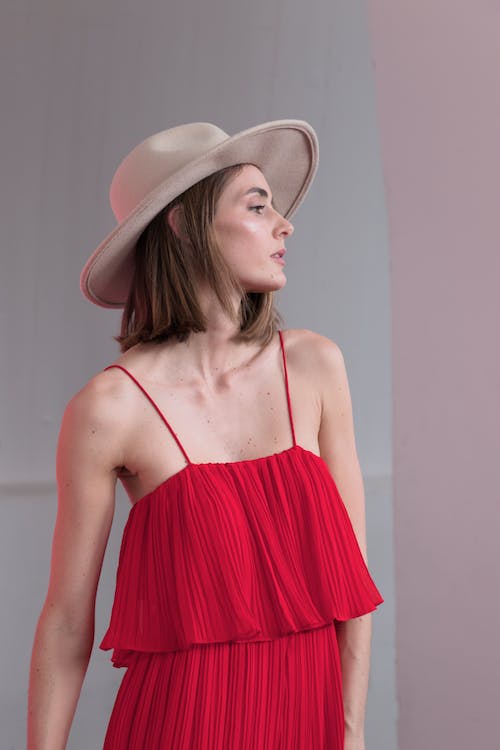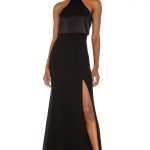Today we are going to talk about hats that have been used since ancient times to the present day. Therefore hats have been a staple of fashion for centuries, and their evolution and matching skills have varied over time and across cultures.
To begin with, let’s take a quick look at how hats evolved according to their era, and then we’ll work on combinations.

Hats have been worn since ancient times for practical purposes, such as protection from the sun or as a symbol of social status. In ancient Egypt, for example, both men and women wore various head coverings, including conical hats made from straw.
Already in the most medieval times elaborate headgear was popular among the European nobility. Women’s hats featured veils, feathers, and intricate designs, while men often wore caps, berets, or feathered hats.
In the 18th and 19th Centuries, we have a wide variety of hat styles. For women, bonnets with wide brims were fashionable. Men favored top hats, bowler hats, and fedoras. Each hat style conveyed a particular social standing and occasion.
The early 20th century marked a shift in hat styles. Cloche hats became popular for women in the 1920s, and fedoras were fashionable for both men and women during the 1930s and 1940s. In the 1950s, pillbox hats and fascinators gained popularity.
And now hats have maintained their presence in modern fashion. Baseball caps and beanies are still widely worn, while wide-brimmed sun hats and fedoras continue to be popular for certain occasions. Streetwear culture has also brought back styles like snapback caps and bucket hats.

In other words, hats have evolved according to their time, and to make good use of each of them you need to consider the occasion. Formal events may call for elegant hats like fedoras or fascinators, while casual outings may be better suited to baseball caps or beanies.
Additionally, remember to match the color of your hat with your outfit. A neutral hat can complement various ensembles, while a colorful hat can add a pop of color or contrast. Consider the shape of your face and body when choosing a hat.
Your personal style should guide your hat choices. If you have a classic style, opt for timeless hat styles like fedoras or berets. If you have a more casual or sporty style, baseball caps or beanies may be your go-to.

Don’t be afraid to experiment with different hat styles to find what suits you best. Try on various hats to determine which ones complement your features and personality. Your hairstyle can impact how a hat looks on you. Some hats work better with specific hair lengths and styles. For example, a beret can complement short, cropped hair, while a wide-brimmed hat may work well with long, flowing locks.
Hats can also serve practical purposes, such as keeping you warm in winter or shading you from the sun in summer. Choose hats that are seasonally appropriate and provide the necessary protection.
Remember that hats are also back in fashion, so even after all this history you will still be able to see some being used again at different times. In summary, hats have a rich history in fashion and continue to play a role in personal style today. When choosing a hat, consider the occasion, your outfit, your personal style, and practicality to create a stylish and harmonious look.



